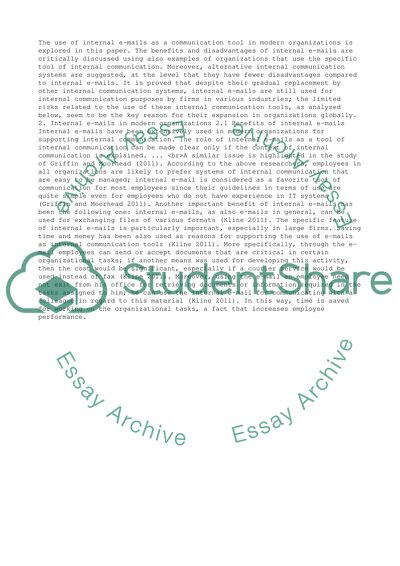Cite this document
(“Internal E-mails Essay Example | Topics and Well Written Essays - 2250 words”, n.d.)
Internal E-mails Essay Example | Topics and Well Written Essays - 2250 words. Retrieved from https://studentshare.org/management/1448507-internal-emails
Internal E-mails Essay Example | Topics and Well Written Essays - 2250 words. Retrieved from https://studentshare.org/management/1448507-internal-emails
(Internal E-Mails Essay Example | Topics and Well Written Essays - 2250 Words)
Internal E-Mails Essay Example | Topics and Well Written Essays - 2250 Words. https://studentshare.org/management/1448507-internal-emails.
Internal E-Mails Essay Example | Topics and Well Written Essays - 2250 Words. https://studentshare.org/management/1448507-internal-emails.
“Internal E-Mails Essay Example | Topics and Well Written Essays - 2250 Words”, n.d. https://studentshare.org/management/1448507-internal-emails.


